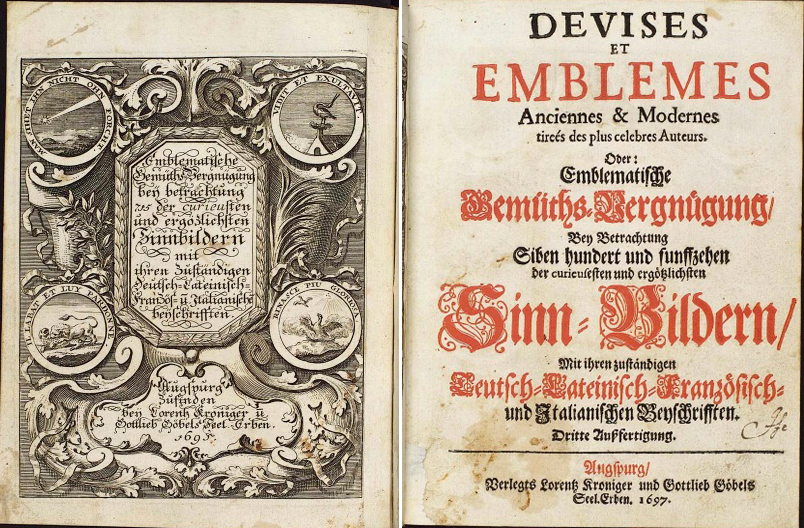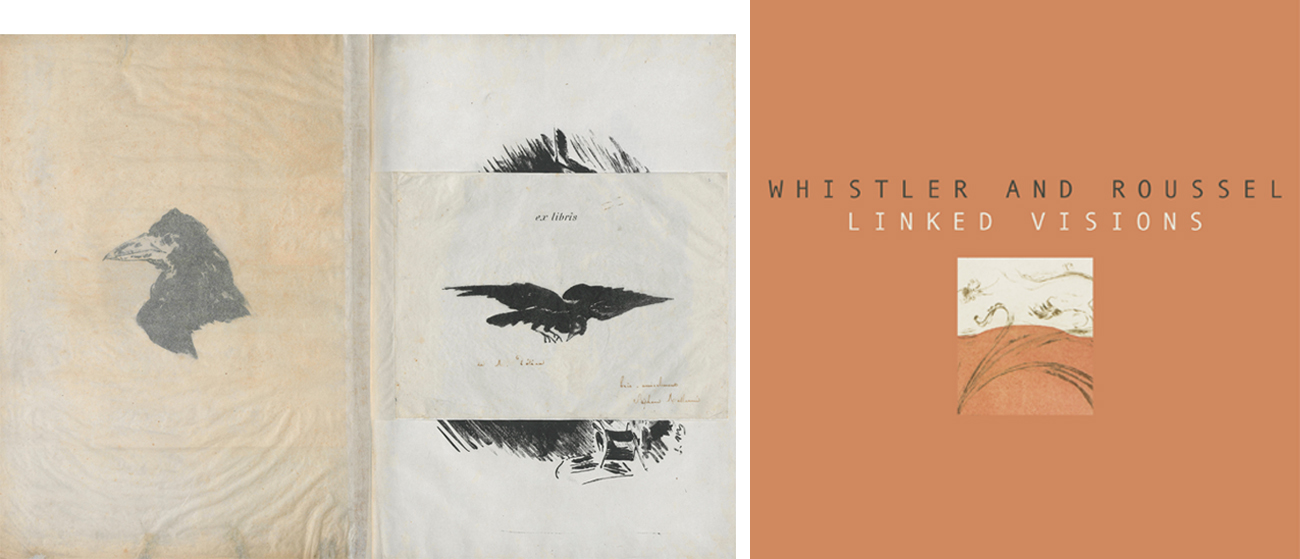Marking the occasion of its four-year anniversary, the Getty Research Portal™ has been rebuilt and redesigned, making it easier to explore the digitized literature of art history. The Portal is a catalog providing free access to books and journals made available online by contributing institutions. A project of the Getty Research Institute (GRI) and founding members—which include some of the world’s major art libraries—the Portal began in the early summer of 2012.
In assembling a virtual corpus of digitized texts on art, architecture, material culture, and related fields from numerous partners, the Portal aspires to offer a more expansive collection than any single library could provide. Furthermore, with these freely downloadable materials, scholars and researchers can now be in possession of copies of rare books and other titles without having to travel to far-flung locales.
The Portal’s redesign was prompted in part by the desire to improve the user experience for researchers utilizing the site and to provide better navigation when sifting through results. Planning for the rebuild began well over a year ago by the Research Institute’s software development team, led by senior software engineer Joshua Gomez. The Portal Working Group, comprised of Research Institute colleagues who meet regularly on the project, as well as the Portal Advisory Group, which includes representatives from contributing institutions, all provided valuable insight on what changes might be implemented for the upgrade.
The Portal system was rebuilt using modern software development frameworks and tools—which will facilitate the continual release of enhancements and new features for future iterations of this fundamental tool for art-historical research.
The Portal’s new user interface features several key improvements:
- Each digitized text now has its own individual page, enabling users to easily share links.
- The site has a responsive design, allowing for better use on phones and tablets.
- New additions from contributing libraries are more clearly highlighted.
- Search filters have been added, making results sortable by criteria such as date and language.
- Edition details for books—often important information for researchers and scholars—are now readily displayed whenever available.
New U.S. and International Contributors
Along with the rebuild, the Portal, which began with eight international institutions as founding members, has recently added a number of important new contributors: the Art Institute of Chicago’s Ryerson and Burnham Libraries, the Bibliotheca Hertziana – Max Planck Institute for Art History in Rome, the Herzog August Bibliothek in Wolfenbüttel, the Menil Library Collection in Houston, the Solomon R. Guggenheim Museum Library and Archives in New York, and the Warburg Institute Library in London.

Devises et Emblèmes Anciennes & Modernes tirées des plus celebres Auteurs, 1697, from the Herzog August Bibliothek in Wolfenbüttel now available in the Getty Research Portal

Simeon ben Cantara, Cabala Mineralis, ca. 1675–1700, from the Warburg Institute and Le Cose Maravigliose dell’Alma Cità di Roma, 1595, from the Bibliotheca Hertziana now available in the Getty Research Portal

Edgar Allen Poe’s Le Corbeau (The Raven) with illustrations by Edouard Manet and translated by Stéphane Mallarmé from the Menil Library Collection and an Online Scholarly Catalogue from the Art Institute of Chicago now available in the Getty Research Portal
This increases the number of participating institutions to more than twenty. As the project’s content specialist, I spend much of my time researching and analyzing bibliographic resources for inclusion in the Portal. I’m excited to see these rich collections adding to and complementing the project’s range of important rare books, exhibition catalogs, and art journals. My role, in part, is to further develop the global scope and reach of the Portal and as such, I’m working to identify and connect with potential new collaborators worldwide. Dialogues with art libraries and institutions in India, Iran, and Japan are in the works as the project also looks to increase international coverage.
More Books Digitized as the Portal Reaches the 100,000-Volume Mark
Over the past year, the Research Institute has expanded the Portal project internally, adding four scanning workstations to its library storage facility, known as the Annex, which is located in Valencia just north of L.A. Working to rapidly scan titles that have been carefully selected for inclusion in the Portal, we’ve more than doubled our productivity in digitizing materials.

Scanning stations at the Getty Research Institute Annex location in Valencia
The contributions of participating libraries, along with titles scanned by the Research Institute, have brought the number of texts available on the Portal to more than 100,000 volumes just four years since the project’s inception. We’re delighted that in turn, the number of individual Portal visitors (as shown by Web statistics) has reached the 70,000 mark, indicating it to be a destination of growing utility for humanities researchers. Digitized books and journals from the Research Institute have been viewed nearly 13 million times on the Internet Archive website, which hosts the scanned versions of our books and makes them available for download in a variety of formats, including PDF and MOBI (for Kindle).
 As the Portal and our digitization efforts continue to grow, check The Iris for more posts featuring highlights from the project’s online collection, behind-the-scenes features on selection and scanning processes, as well as announcements on new contributing institutions.
As the Portal and our digitization efforts continue to grow, check The Iris for more posts featuring highlights from the project’s online collection, behind-the-scenes features on selection and scanning processes, as well as announcements on new contributing institutions.




These digital improvements sound helpful for independent scholars. Keep up the good work!
WOW just what I was searching for. Came here by searching for led curtains
These digital improvements sound helpful for independent scholars. Keep up the good work!